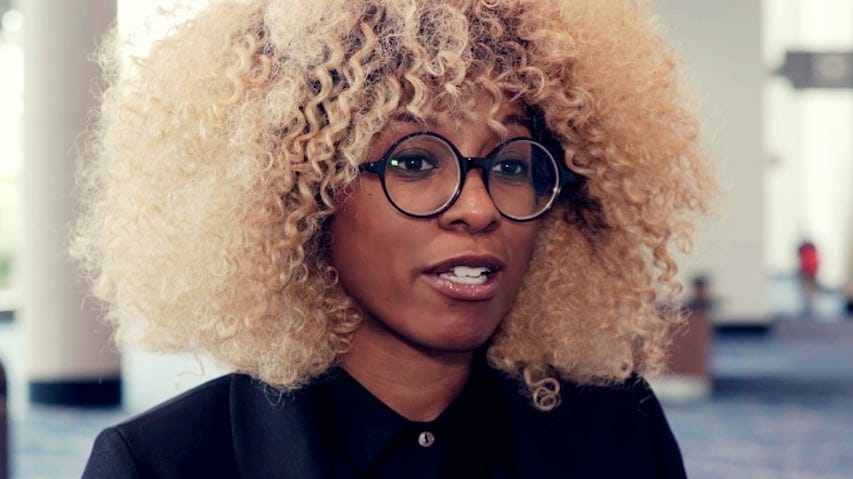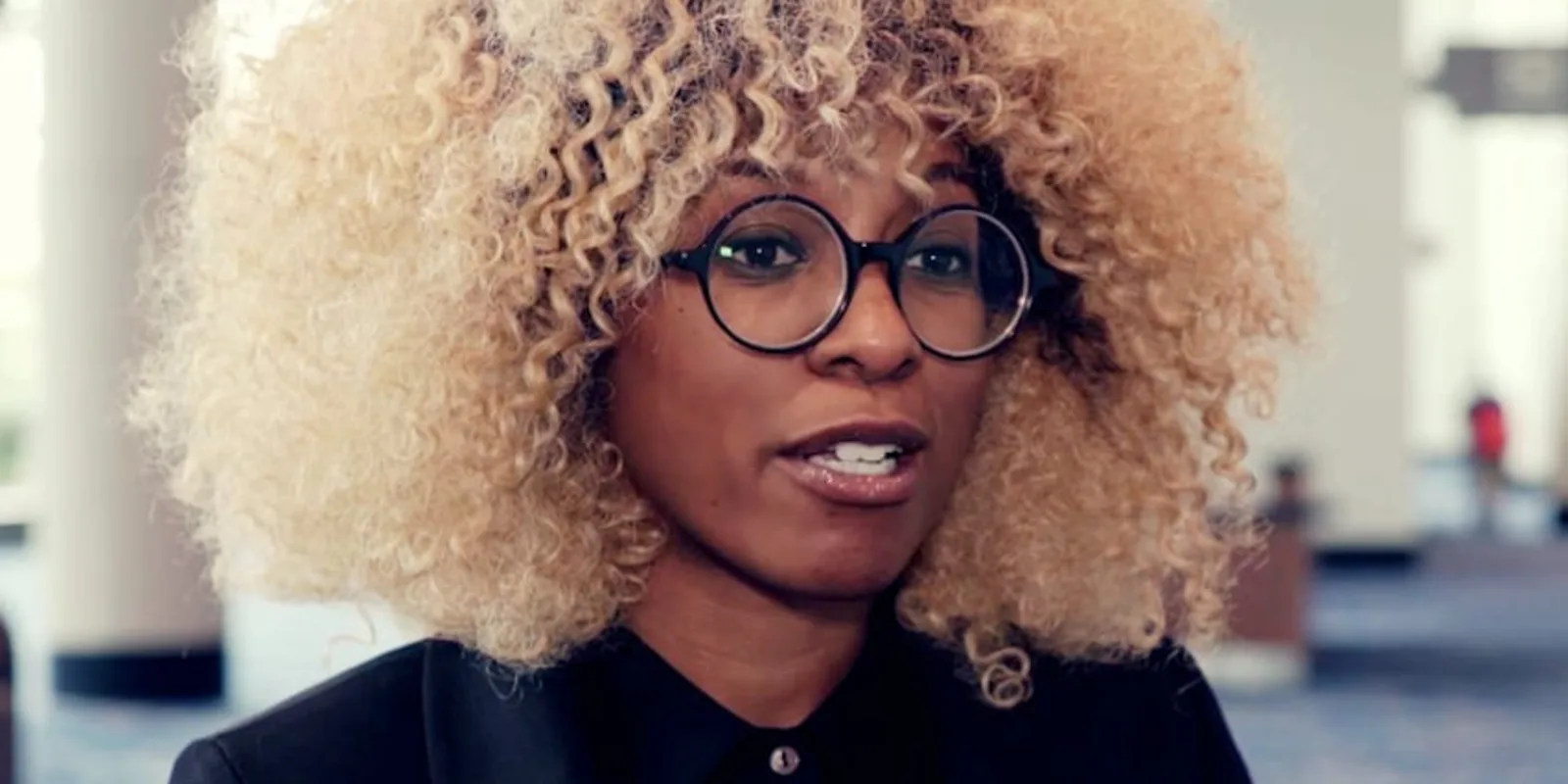 Rhea Boyd
Rhea BoydDr. Rhea Boyd is a pediatrician and child and community health advocate, based in northern California. With a specialized interest in minority communities of color, she spends much of her time working with underserved populations.
Dr. Boyd held a plenary session at the American Academy of Pediatrics (AAP) National Conference on September 17th. Her presentation, titled “Snapshots for Social Justice,” discussed the importance of photos and videos to pediatric health and advocacy.
Doximity spoke with Dr. Boyd a few days before her session took place.
AS: How do health advocacy and pediatrics overlap in your life?
RB: Historically speaking, advocacy has always been a fundamental part of a pediatrician’s role in the community. Pediatricians were kind of the first medical providers to start advocating for laws around safety for kids — things like seatbelts and helmets. So, I think it’s always been a part of how we conceptualize our own professionalism.
For me, I push that even further to think specifically about the responsibility of pediatricians to further address this on behalf of the populations that we serve. I think that has not always been considered in the wheelhouse of pediatricians — thinking about criminal justice, access to resources, equity — these have not always been something that pediatricians have taken on. But, I think over the last 10–15 years, these topics have risen in prominence.
AS: What is your talk at AAP about?
RB: My talk is a short plenary session, titled “Snapshots for Social Justice.” It’s about how images and videos have been used to advocate on behalf of issues that people don’t relate as well to — issues that you can’t see in a more tangible, emotionally available way. I talk about what images mean as symbols, and how those symbols can drive important public perceptions of justice and fairness. And, what narratives pediatricians can contribute to, to advocate on behalf of the populations they care for.
AS: What role do images play in the lives of children?
RB: Images matter in a way that is more significant than just the picture itself. Images can function as symbols for people. And these symbols can be very powerful, and they can drive our perceptions of what’s right and what’s wrong, which issues are important and which aren’t, who should be included in this conversation and who shouldn’t.
In terms of tools for advocacy, understanding that images function in that way means that we should think twice about how we utilize images and videos to tell stories, and how existing images and stories are influencing the kids and communities that we care about.
AS: Is there a specific subset of pediatricians you would recommend this talk to?
RB: Certainly, this talk is open to all pediatricians, but I think this talk is especially relevant to pediatricians who feel like they want a larger voice than they have with patients one-on-one in clinics; pediatricians who have felt frustrated with their inabilities to address the larger issues that beam over their patients lives; pediatricians who are interested in thinking more broadly about their professional role, and more specifically, about the large political issues playing out in the public right now. These issues have a lot of importance in shaping how families access resources that are critical to health. If they are interested in shaping those issues, this is a good space to begin that type of conversation.
AS: At a high level, what do you hope other pediatricians will take away from your talk?
RB: In such a limited timespan, it’s mostly to present an idea and have people, who maybe haven’t thought about it before, consider it. I think we’re at a really unique critical moment in this country. Decisions are being made that affect not only the patients we care for, but also our neighbors, our families, and, in some instances, ourselves.
So, I hope to craft a message that helps people make sense of that and start to choose how they want to address these things in ways big and small. And, I’ll hopefully do that by talking about images and symbols, and making people more comfortable with engaging in this topic. Images have a way of humanizing issues and opening up emotions so you can empathize with people from different [backgrounds] and walks of life, and I hope to highlight that in my talk.






